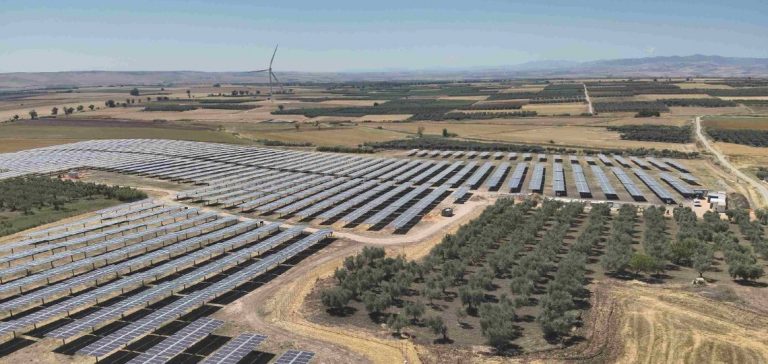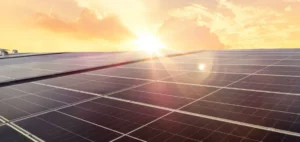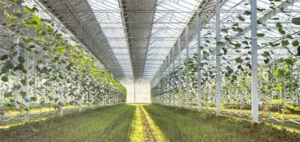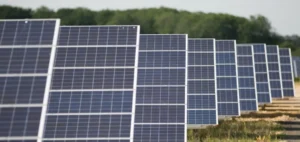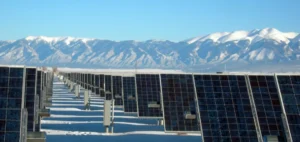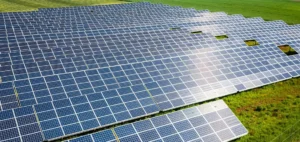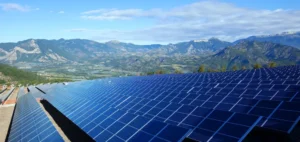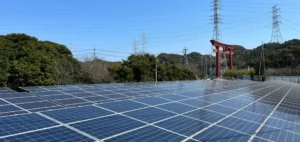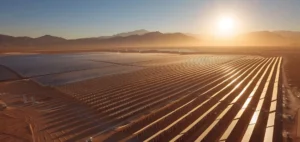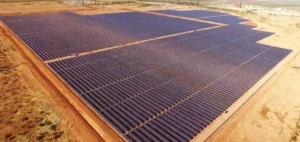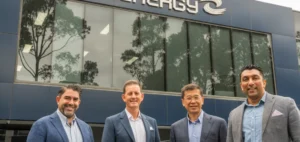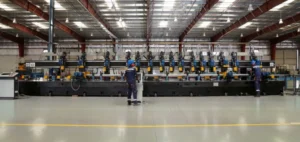EDP Renewables (EDPR) has recently connected “Campo Agrosolare Tuscia 15,” its largest utility-scale solar project in Italy, to the national electrical grid. Located in the district of Tuscania in Viterbo, Lazio, this project represents a significant advancement in the company’s mission to diversify renewable energy production and accelerate the electrification of economies in all its markets.
The solar farm has an installed capacity of 72 megawatts peak (MWp) and 62.4 megawatts alternating current (MWac). Utilizing double-sided photovoltaic panels capable of capturing sunlight from both sides, the installation will generate 66 gigawatt-hours (GWh) of clean energy annually, directly fed into the grid. This project is expected to prevent over 28,000 tons of CO2 emissions each year and supply energy to more than 25,000 homes in the Lazio region.
Expansion of EDPR’s Solar Capacities in Italy
The Tuscia 15 project follows the recent launch of EDPR’s first large-scale photovoltaic plant in Italy, a 10 MWp (8.4 MWac) facility located in Puglia. Together, these projects illustrate EDPR’s commitment to expanding its presence in the large-scale solar energy sector in Italy, thereby complementing its already established position in the wind energy sector.
Roberto Pasqua, Executive Director for Southern and Eastern Europe at EDP Renewables, stated: “This project will boost energy independence and strengthen the Italian energy system, demonstrating our commitment to supporting Italy’s National Integrated Energy and Climate Plan (PNIEC), which aims for up to 80 GW of installed photovoltaic capacity by 2030.”
Continued Commitment of EDPR in the Italian Market
Since entering the Italian market, EDPR has installed over 600 MW of wind and solar power. With additional projects under construction, the company is on track to reach a total clean energy installation capacity of 1 GW in the country by 2025. This expansion reflects EDP’s commitment to sustainability and its drive to develop solutions in the renewable energy sector.
EDPR’s expansion underscores the company’s key role in Italy’s energy transition and its focus on sustainable development. Italy is set to play a central role in EDP’s growth in Europe. The company plans to further invest in the country, creating jobs through utility-scale renewable energy projects, both in wind and solar, as well as through distributed solar generation.
Through its subsidiary EDP Energia Italia, which focuses on solar solutions for businesses, EDPR has already secured over 130 MWp in installations for self-consumption. The company will continue to invest in this technology, allowing customers to produce their own energy, reducing carbon emissions, lowering electricity costs, and protecting against potential fluctuations in energy prices. EDPR aims to deliver approximately 6 GW of utility-scale solar capacity and around 1 GW of distributed solar generation worldwide by 2026.
This initiative is part of a broader strategy aimed at supporting sustainable development goals and meeting the growing demand for clean energy. By strengthening its portfolio of solar projects, EDPR is actively contributing to the reduction of the global carbon footprint and promoting a greener, more resilient energy future.


